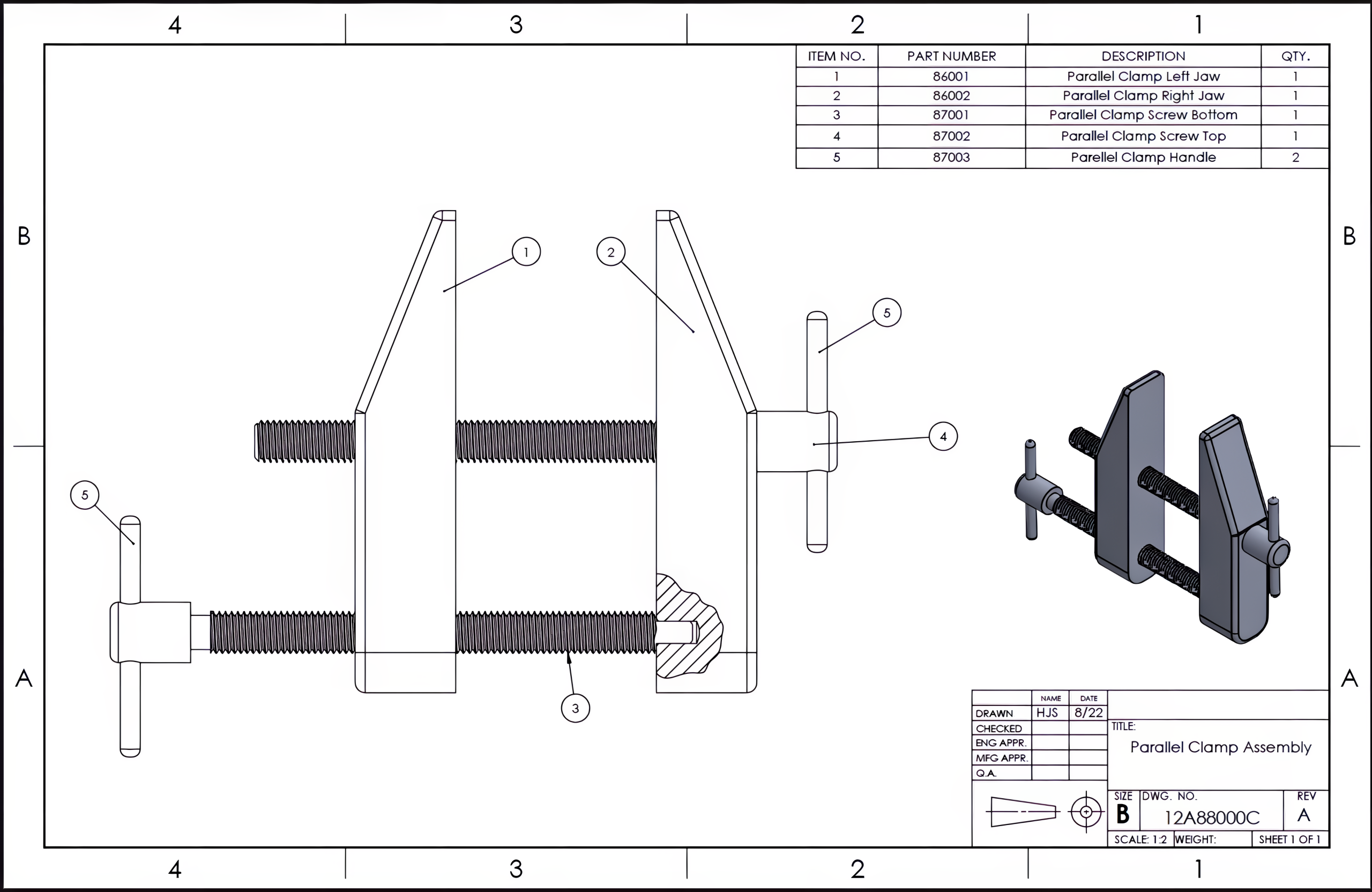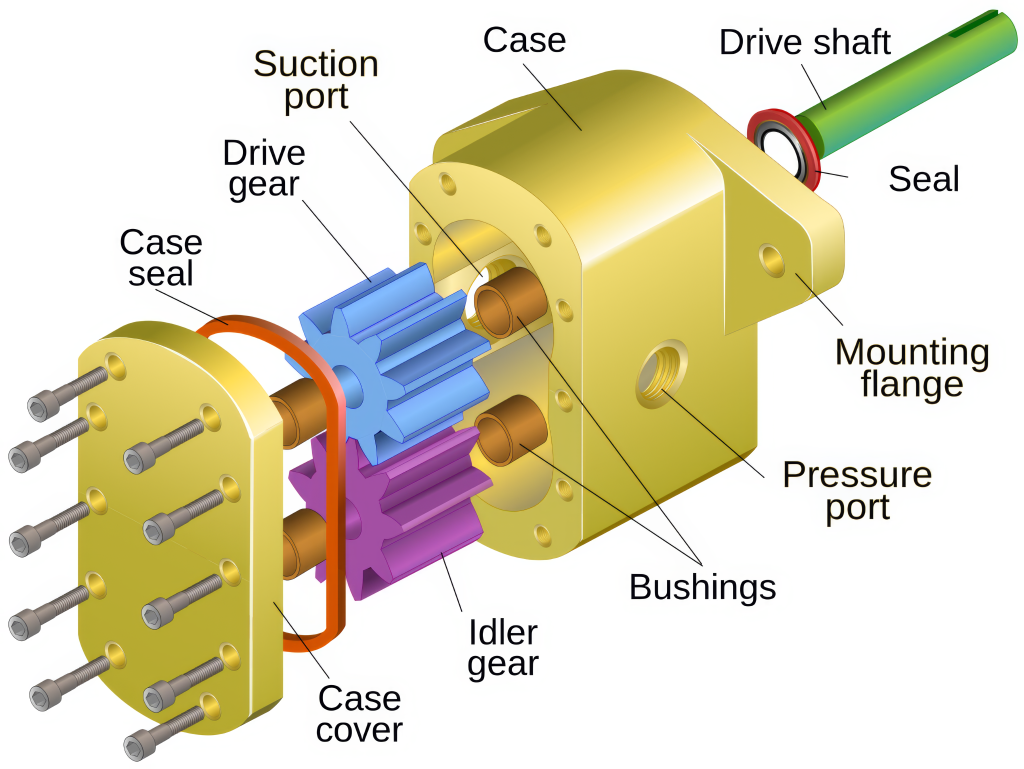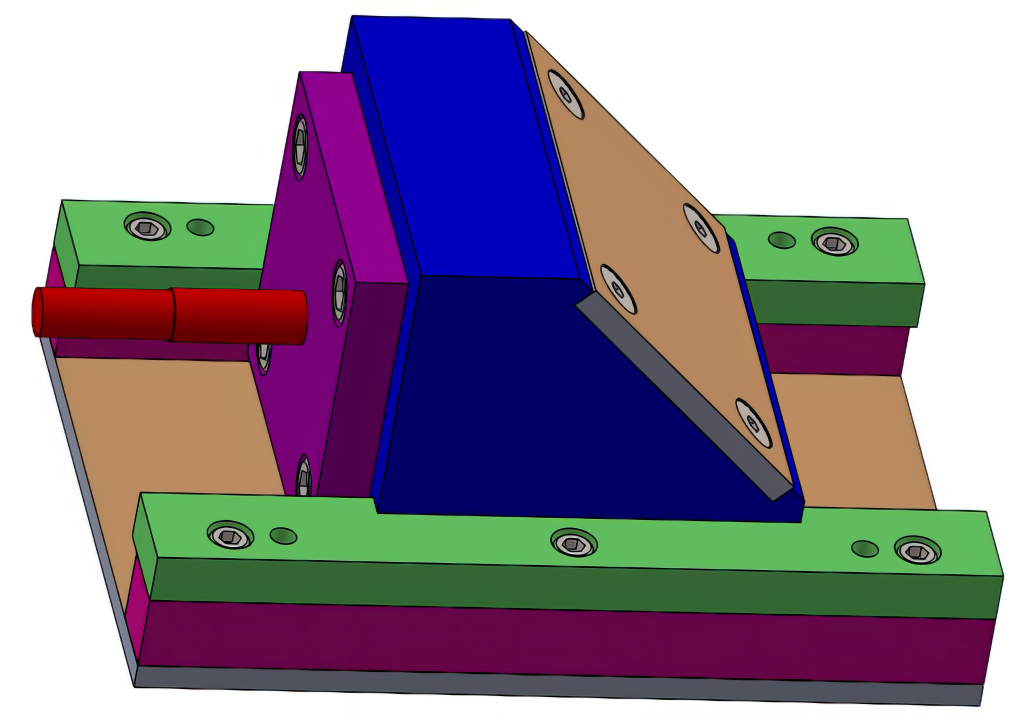13. Assembly Prints
13.1 Introduction
Learning Objectives
- Identify assembly drawings
- Identify parts lists
- Interpret parts lists
- Interpret sub-assembly drawings
- Interpret working assembly drawings
Terms
- Assembly drawing
- Exploded assembly drawing
- Subassembly drawings
- Parts list
- Balloons
The prints explored in the previous chapters have been detailed drawings, which are for one single part. The skills used to understand detailed drawings are also used to understand assembly drawings, which provide information on how the individual components come together to make up an assembly.
13.2 Assembly Drawings
Assembly drawings depict how various components of a product, die, or other assembly come together to form a complete unit. These drawings include details of each individual component that comprises the assembly, along with their respective part numbers, dimensions, and specific notes pertaining to the assembly. To keep the drawings less congested, hidden lines are typically not included in assembly drawings unless they may aid in clarification in certain instances. Sectional views are commonly used in assembly to show a clearer view of certain features. Figure 13-1 shows an assembly drawing of a parallel clamp.

13.3 Exploded Assembly Drawings
An exploded assembly drawing illustrates the individual components of an assembly separated along an axis, providing a clear view of how the parts of the assembly fit together. The components are displayed in a way that they appear to be “exploded” away from their assembled position. This separation helps to visualize the relationship between the parts. View Figure 13-2.

13.4 Subassembly Drawings
Subassembly drawings concentrate on a defined set of components within the larger assembly. They will illustrate how the subassembly is pieced together and its role in the complete assembly. These illustrations emphasize a certain segment, enabling a more thorough analysis of that specific area without the complexity of the entire assembly. Although the primary emphasis is on the subassembly, these drawings may also illustrate how individual parts fit together within the larger structure. Assembly drawings of complex machinery such as a CNC machine or an automobile may require thousands of subassembly drawings. The pictorial view in Figure 13-3 is a subassembly for a punch slide from a larger die set.

13.5 Parts List
An assembly drawing parts list, often referred to as a Bill of Materials (BOM) or parts schedule, is a comprehensive list that accompanies an assembly drawing. It details all the components, materials, and parts required to construct the assembly. See an example in Figure 13-4.

The parts list will include the part numbers, part names or descriptions, and the number of required parts. It may also include part drawing numbers, and the part’s revision information will include supplier information for purchased components, such as fasteners. Balloons often identify the parts of the assembly with leader lines and numbers that match the parts list.
Learning Activities
Exercise 13.5-1
Exercise 13.5-2
Exercise 13.5-3
References:
Barsamian, M. A., & Gizelbach, R. (2022). Machine trades print reading. Goodheart-Willcox.
Images:
All images by Mark Lorier and licensed under CC BY-NC 4.0 except where otherwise noted.
Figure 13-2 “Gear_pump_exploded” by Д.Ильин, Duk, cmglee is licensed under CC BY-SA 4.0

